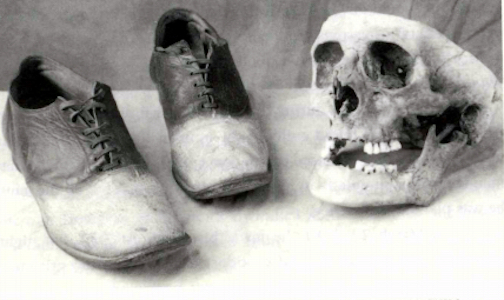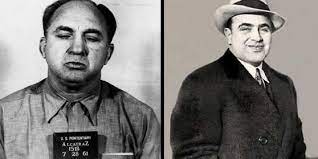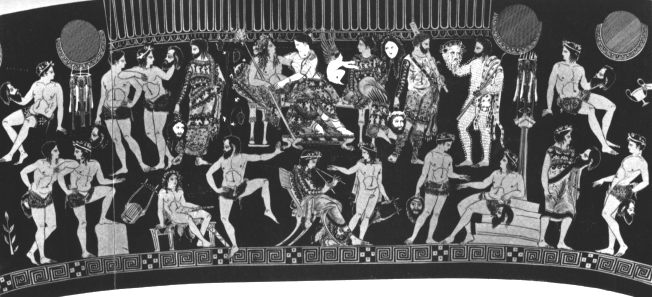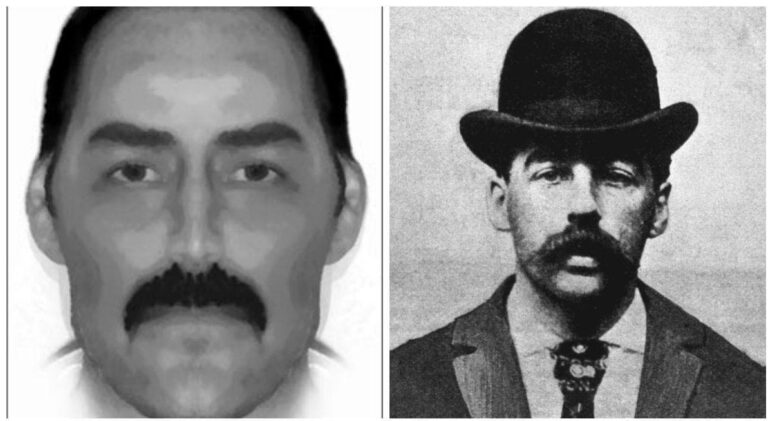Unraveling the Dark History of Little Red Riding Hood: A Grim Tale Through the Ages
The True Origins of Little Red Riding Hood
The earliest versions of Little Red Riding Hood trace back to European oral traditions, long before Charles Perrault and the Brothers Grimm wrote them down. These early versions were far from child-friendly, often ending in gruesome and violent ways.
In 17th-century France, Charles Perrault penned the first written version of the tale, titled Le Petit Chaperon Rouge. His version was designed as a cautionary tale, warning young girls of the dangers of disobedience and strangers, especially predatory men. The story’s core message centered around a girl being deceived and devoured by a wolf, representing male predators.
In contrast, Italian versions like La Finta Nonna (The False Grandmother) had a much more direct representation of violence and cannibalism. Instead of the more familiar wolf, this tale featured an ogre-like figure that devoured the girl’s grandmother and attempted to do the same to the girl.
Why It’s Not Just a Children’s Story
Many of these earlier renditions of Little Red Riding Hood were not intended for children but rather acted as warnings for adolescents and young adults, particularly young women. The dark themes of disobedience, deception, and danger mirrored the harsh realities of life in medieval Europe, where children were exposed to the brutalities of survival and predation.
“The tale was more about survival than morality.”
Variations of Little Red Riding Hood Across Cultures
The story of Little Red Riding Hood is not universal, and its various adaptations reflect the cultures and fears of the regions where they originated. In France, Germany, and Italy, for example, the story took different forms depending on local traditions and societal norms.
The Role of the Wolf in Each Version

One of the most interesting variations lies in the character of the wolf, who is a metaphor for predators lurking in society. In Perrault’s version, the wolf represents a charming yet dangerous figure, subtly alluding to sexual predators who prey on naive young girls. In Grimm’s version, the wolf remains a threatening figure, but the tale focuses more on moral lessons around obedience and resourcefulness.
In some versions, the wolf is even replaced by a werewolf or ogre, showcasing the cultural fascination with shape-shifting creatures and their links to fear and transformation. These variations illustrate how folktales adapted to local fears, whether it was fear of predators, the supernatural, or even societal corruption.
Unveiling the Darker Themes in the Original Tale
What many don’t realize is just how dark and violent the original Little Red Riding Hood was. Modern retellings often sanitize the story, but earlier versions were filled with cannibalism, death, and adult themes.
In Perrault’s telling, the tale ends with Little Red Riding Hood being devoured by the wolf without any hope of rescue. It’s a far cry from the happy endings we are used to in modern versions. The Brothers Grimm, on the other hand, softened the tale by introducing a hunter who rescues the girl and her grandmother, providing a more optimistic outcome.
Comparing Morbid Aspects in Different Versions
For instance, in “The Grandmother’s Tale,” the protagonist unwittingly consumes her grandmother’s flesh served by the wolf in disguise. This macabre element heightens the story’s dark tone and emphasizes the theme of innocence devoured by evil.
Symbolism in Little Red Riding Hood: Beyond the Surface
Much of the power of Little Red Riding Hood lies in its rich symbolism. The red cloak that the girl wears is more than just an identifying feature—it is often seen as a symbol of puberty, blood, and danger. Scholars have also interpreted the cloak as representing the girl’s sexual awakening, making her a target for the wolf.
Allegorical Interpretations
Beyond simple folklore, psychoanalytic interpretations by figures like Sigmund Freud and Carl Jung delve into the tale’s deeper meaning. In Freudian terms, the wolf represents the id, a creature driven by instinctual desires, while the girl represents the ego, torn between innocence and emerging adulthood.
In a more social and feminist reading, Little Red Riding Hood can be viewed as a story about gender roles and power dynamics, with the wolf embodying male aggression and the girl symbolizing the vulnerability of women in a patriarchal society.
“The red cloak as a symbol of transformation and danger is prevalent in both psychoanalytic and feminist interpretations.”
How Little Red Riding Hood Changed Over Time
The evolution of Little Red Riding Hood from a dark, cautionary tale to a sanitized children’s story reveals much about changing societal values. Early versions of the story were frank about the dangers of the world, particularly for young women. But as the story was adapted by the Brothers Grimm and later by Disney, it shifted to focus on morality and happy endings.
Differences Between 20th-Century and Modern Adaptations
In the 20th century, retellings of Little Red Riding Hood became more sanitized, removing the darker elements of violence and sexual undertones. Modern adaptations in literature, film, and television often portray Little Red Riding Hood as an empowered character, able to confront and defeat the wolf on her own.
“The empowerment of Little Red Riding Hood in modern retellings reflects contemporary values of autonomy and resistance.”
Charles Perrault’s Impact on Little Red Riding Hood
The tale as we know it today owes much to Charles Perrault, who formalized the narrative into the literary canon. His 17th-century version is notable for its clear moral message, warning girls to be wary of men who would lead them astray. By adding a moralistic tone, Perrault shaped the story into a cautionary tale that reflected the values of his time, particularly around obedience and female virtue.
The Moral Lessons Perrault Emphasized
Perrault’s tale ends with a clear message: disobedience leads to death, and young girls should always be cautious. This moral framework was essential in shaping European literature, making Little Red Riding Hood more than just a folk tale—it became a tool for social conditioning.
Shifting Morals: How Lessons from Little Red Riding Hood Evolved Over Centuries
As society changed, so did the moral lessons in Little Red Riding Hood. What started as a tale about obedience and danger has transformed into a story of empowerment and survival. Feminist readings of the tale today focus on the girl’s ability to defeat the wolf, emphasizing themes of autonomy and resistance.
From Scary Cautionary Tale to Empowering Narrative
In recent versions, Little Red is no longer a passive victim but an active heroine who outsmarts the wolf. This shift mirrors changes in how we view childhood, gender roles, and the importance of agency.
Little Red Riding Hood: Character Summary
| Character | Symbolism | Role in Story | Evolution |
|---|---|---|---|
| Little Red Riding Hood | Innocence, transformation | Protagonist, naive but brave | From victim to empowered heroine |
| The Wolf | Predatory male figures | Antagonist, deceiver | Represents evolving fears and dangers |
| Grandmother | Vulnerability, wisdom | Victim of the wolf’s deception | Reduced role in modern versions |
Meta Description
Explore the original Little Red Riding Hood and its dark themes of violence, danger, and cultural symbolism. Learn how this grim tale has evolved over time.
References:
- Original Little Red Riding Hood Story
https://www.historydefined.net/the-original-little-red-riding-hood-is-darker-than-you-think/






